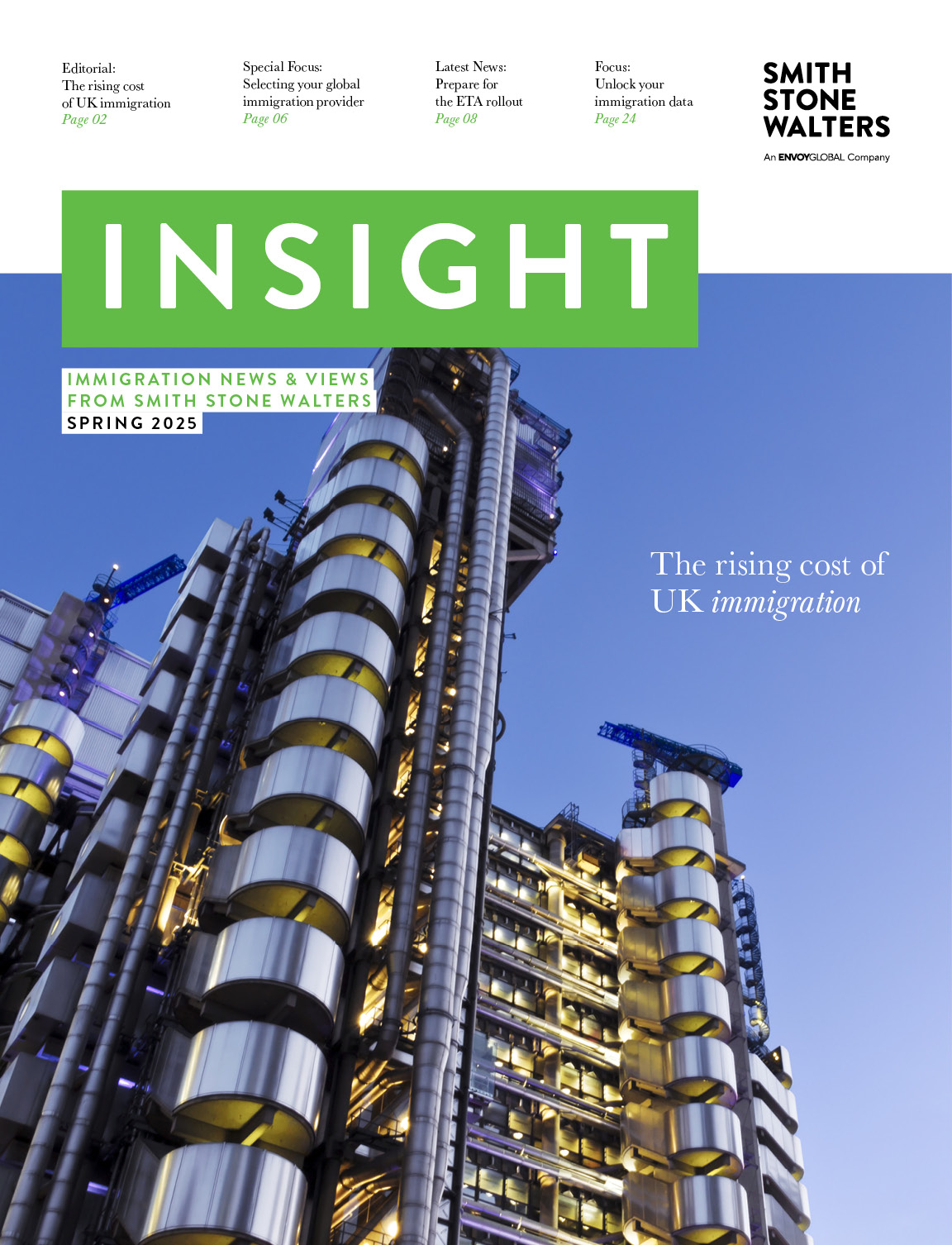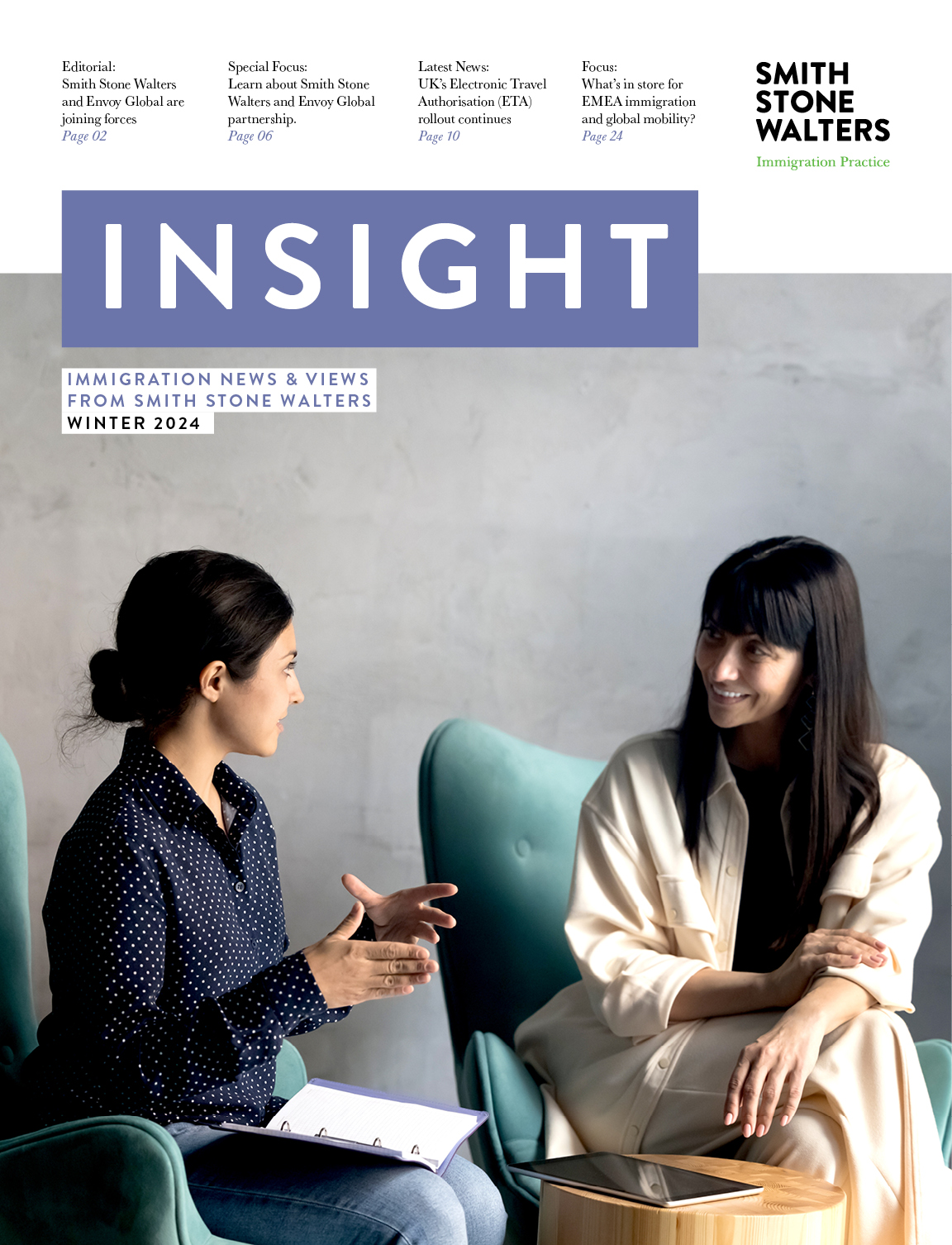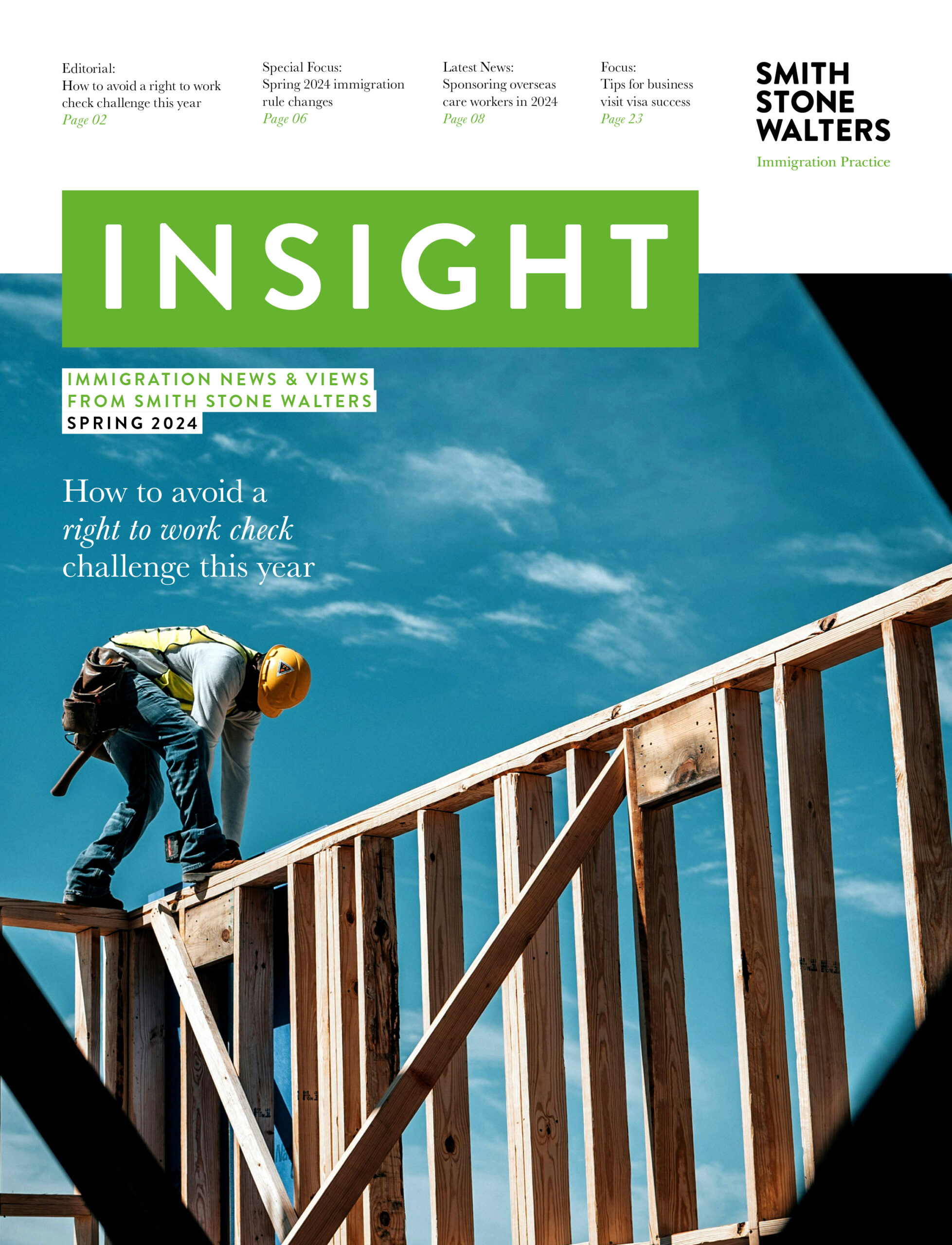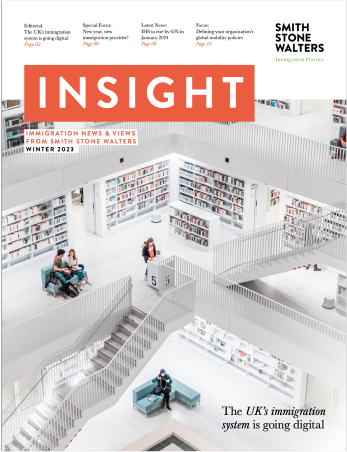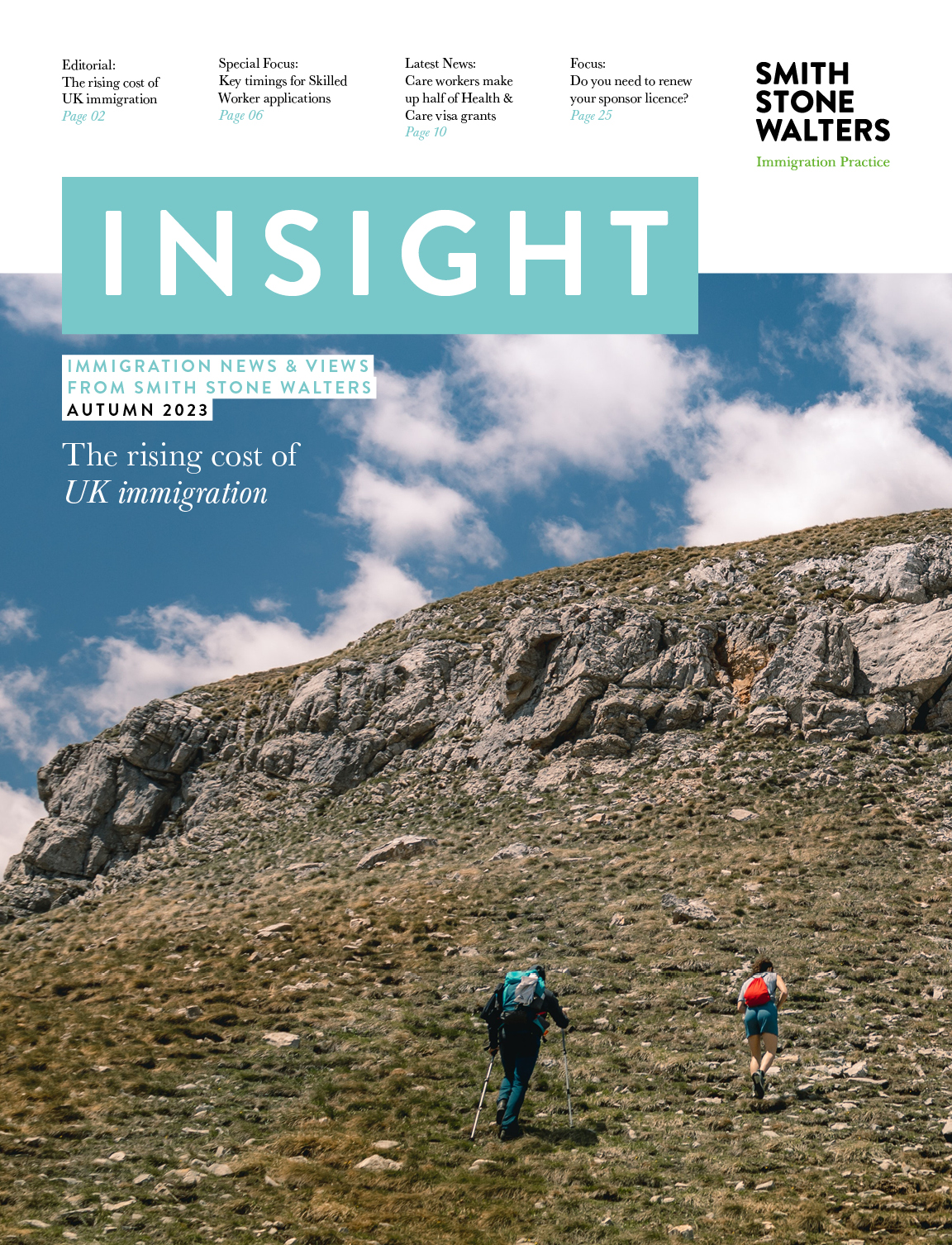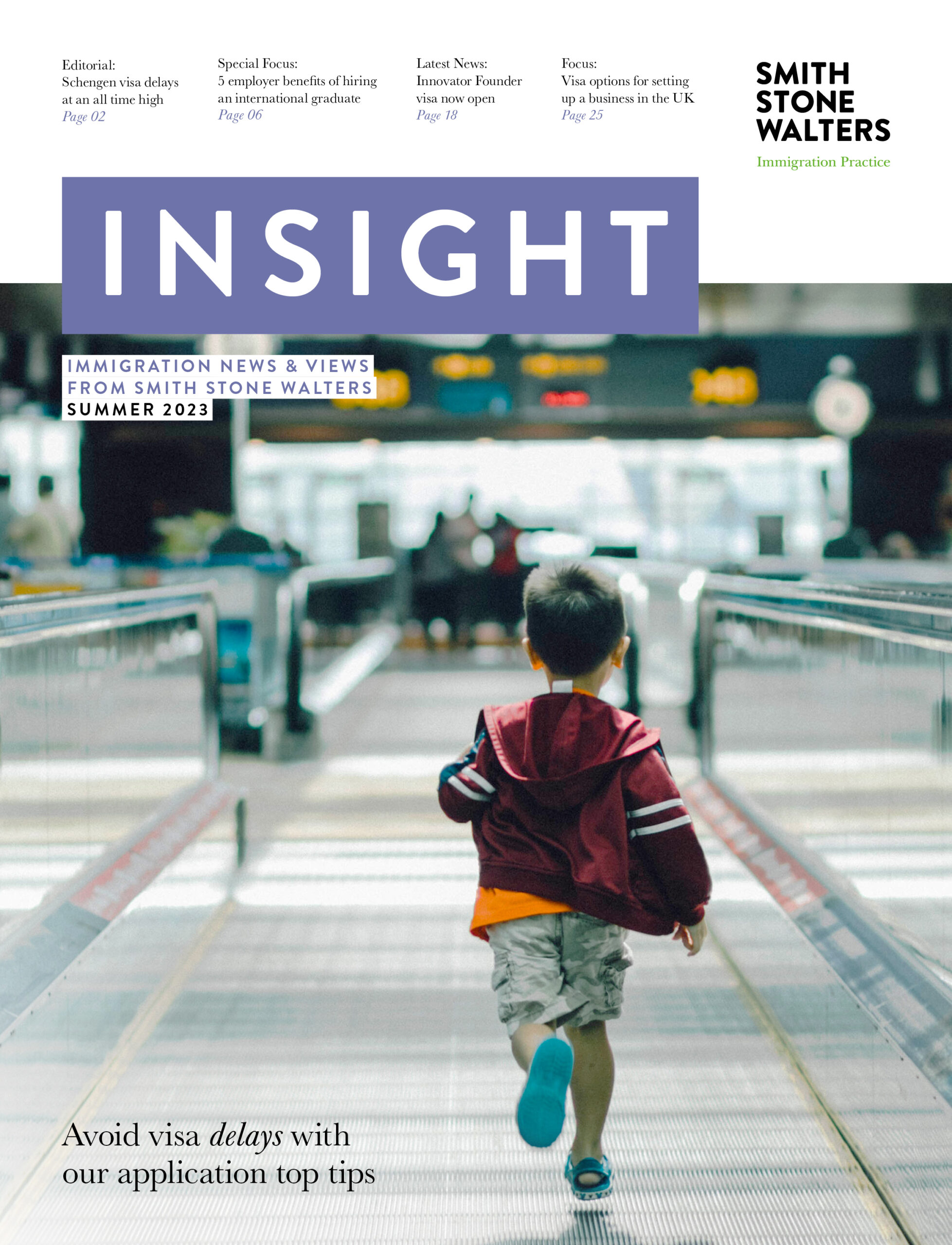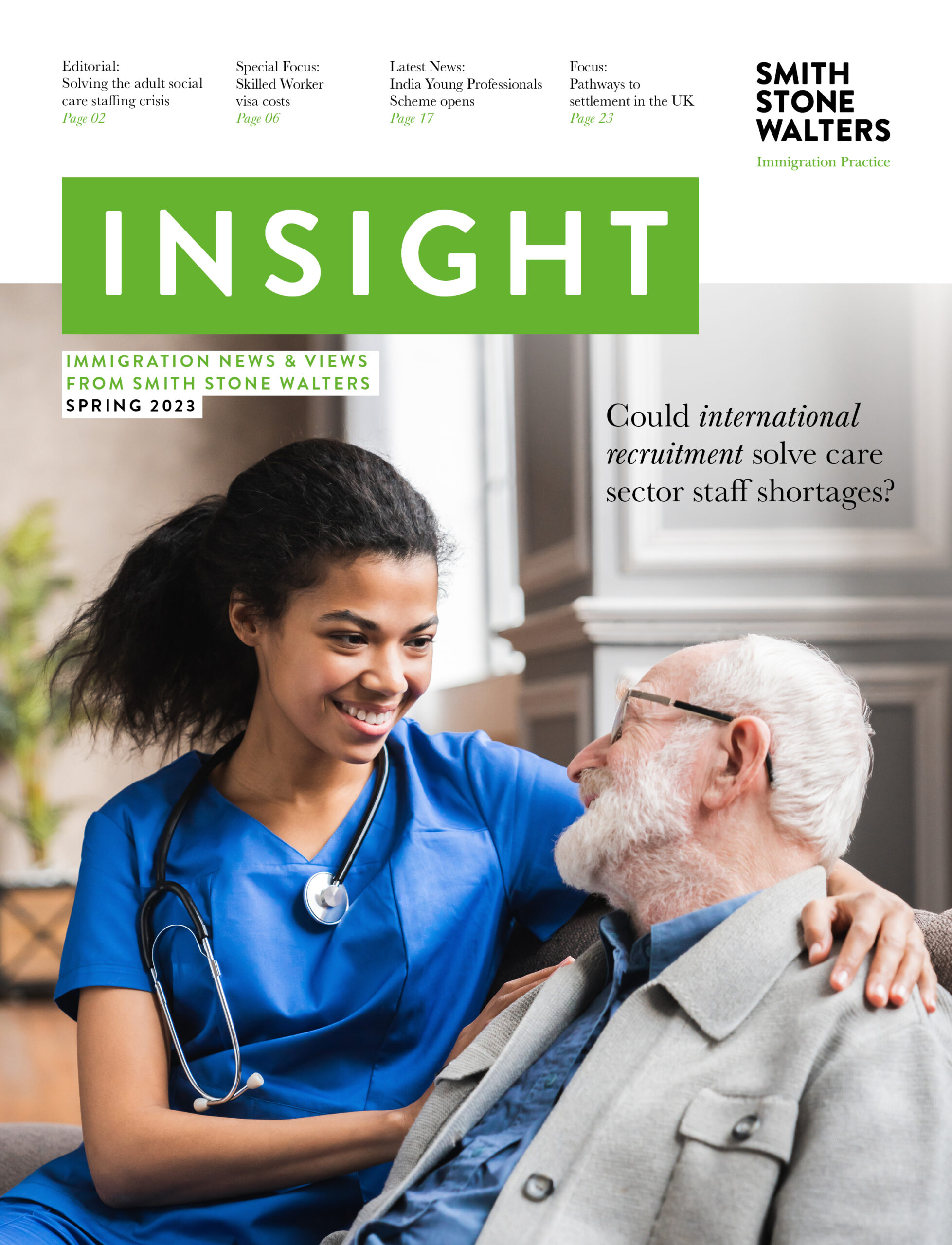UK labour market: the latest statistics
The Office of National Statistics recently reported its latest estimates of employment-related statistics for the UK. All of the following data relates to the Labour Force Survey conducted between August and October 2018.
People in work
The number of people in work increased to 32.48 million during this reporting period. That’s 79,000 more than from May-July 2018 and 396,000 more than a year ago.
The gender split is:
- 80 per cent of eligible men;
- 71 per cent of women (taking into account the rise in the female age of retirement from 60 to 65).
Employment rate
The proportion of people aged 16-64 in work is 75.7 per cent, increasing slightly from 75.1 per cent the year before. This is the joint-highest estimate since comparable records began in 1971.
Unemployment rate
The number of people unemployed also increased, to 1.38 million. This is 20,000 more than for May-July 2018, but 49,000 fewer than this time last year.
The unemployment rate (based on those who aren’t working as a proportion of all those who could) is 4.1 per cent. This figure is slightly lower than the estimate for a year earlier.
Economically inactive
These are the people, aged 16-64, who are not actively seeking work because they are:
- students
- looking after family or home
- ill
- disabled, or
- retired.
This figure decreased to 8.66 million people, 95,000 fewer than from May-July 2018.
Self-employed
14 per cent of people in work say they are self-employed
Employed in the public sector
There are 5.36 million people working in the public sector, one in five is employed in the NHS alone.
Hours worked
The average amount of hours worked for this reporting period was 32 hours a week.
- Those in full-time employment worked an average of 37 hours a week
- People employed part-time worked an average of 16 hours a week.
Average pay
The average gross weekly pay, including bonuses, was £528 in 2019 terms. This is an increase from the 2018 figure of £508, and is the equivalent of a salary of £27, 456 per annum.
You can read the full report here.


